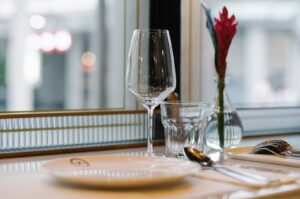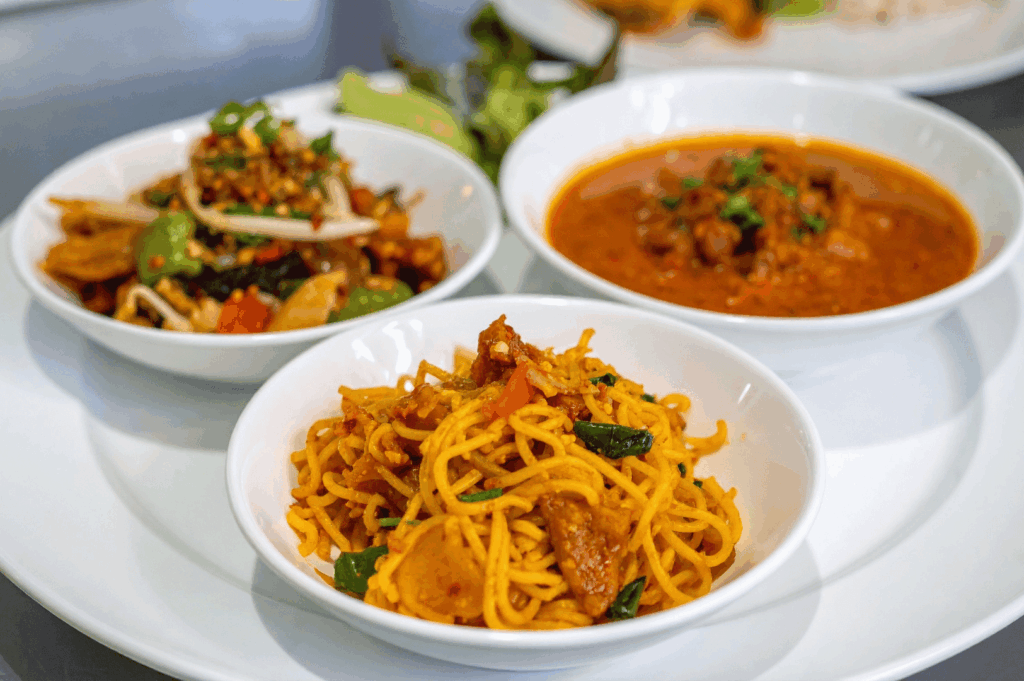
Imagine a dining table bursting with color: a fiery orange nyonya laksa, a deep, earthy black ayam buah keluak, and vibrant, jewel-toned kueh. The air is thick with the aromatic perfume of lemongrass, kaffir lime leaves, coconut milk, and a symphony of spices and dried shrimp. This is the sensory world of Peranakan cuisine Singapore, a unique treasure trove of dishes born from the marriage of Chinese and Malay cooking traditions—each bite telling a vibrant story of culture and community. For Singapore, Peranakan food isn’t simply a meal; it’s a cornerstone of national identity, a living link to both ancestors and local malay heritage. In this article, we’ll delve into the wonders of Peranakan cuisine, from its historic origins to the best places for authentic and modern Peranakan dishes, and discover why it remains beloved among food enthusiasts seeking the best Peranakan food.
Historical Origins of Peranakan Cuisine: A Fusion of Chinese and Malay Cultures
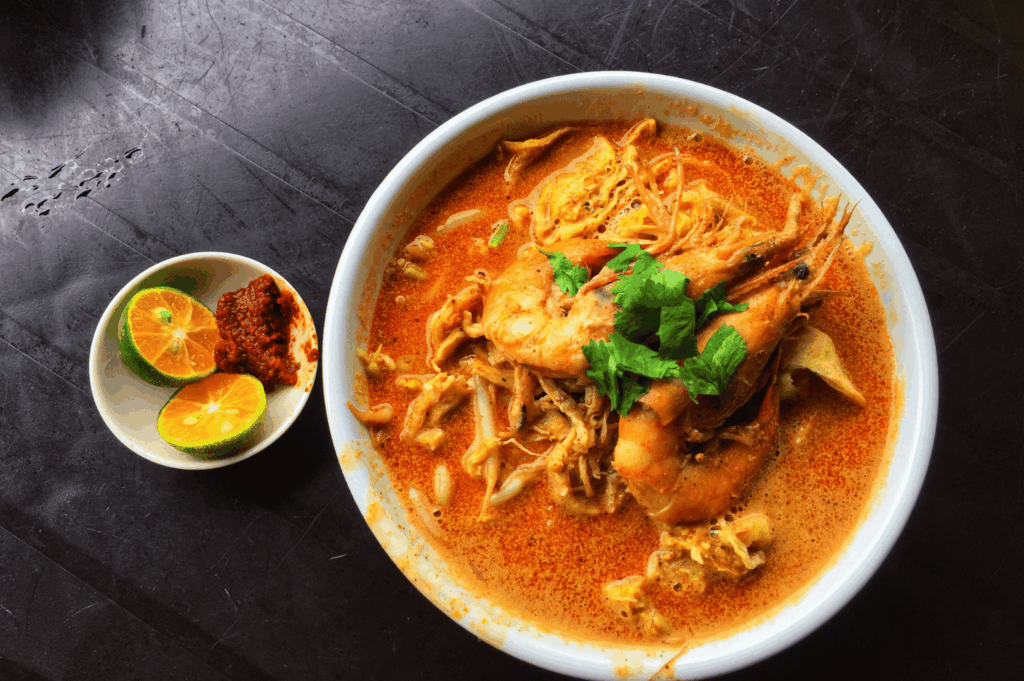
The story of Peranakan cuisine begins with the Peranakans themselves—descendants of early Chinese traders who settled in the Straits Settlements of Singapore, Malacca, and Penang from the 15th century onward. These Chinese settlers married local malay women, forming a vibrant community known as Straits Chinese or the Jawi Peranakans to distinguish from Indian Peranakans. Over generations, this cultural fusion gave rise to not just a hybrid language and distinctive dress, but also to a culinary tradition unmatched in Southeast Asia.
For the Peranakans, food was more than daily sustenance—it was woven into family rituals and special occasions, where lavish nyonya dishes such as babi pongteh and ayam buah keluak became centerpiece fare. Peranakan inn kitchens bustled with activity, and classic Peranakan dishes were passed down as family heirlooms, anchoring the community and preserving memories of home cooked meals. Meals followed traditions such as serving birthday noodles for longevity, and recipes reflected a blend of Chinese ingredients, local produce, and refined Malay cooking techniques.
Key Influences and Characteristics of Authentic Peranakan Food
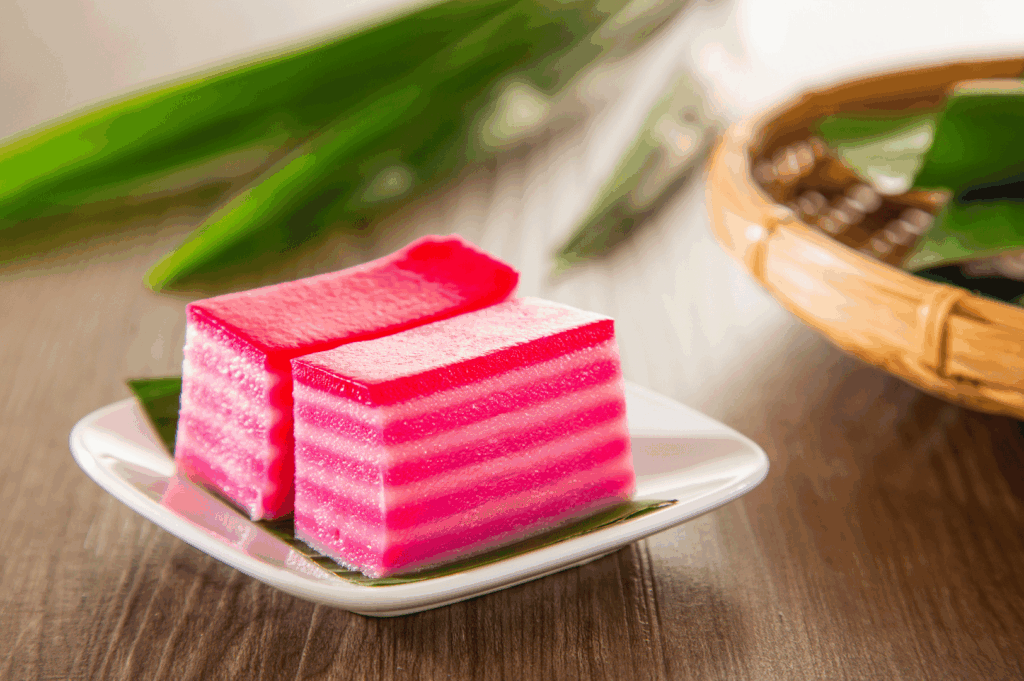
The flavors of Peranakan cuisine showcase a bold interplay of influences. At its heart lies a mastery of Chinese and Malay cooking: techniques like stir fried, deep fried, and slow-cooked stews, combined with a kaleidoscope of ingredients. Chinese mushrooms, pork ribs, minced pork, and pork belly join a cast of Southeast Asian icons: coconut milk, kaffir lime leaves, candlenuts, bamboo shoots, lemongrass, dried shrimp, fermented shrimp paste, and fiery chili paste. Malay cuisine’s spice mix—rempah, carefully pounded and marinated overnight—becomes the aromatic base for both spicy stews and comforting sweet dishes.
The result is a flavor profile that’s intensely aromatic, rich with umami, and laced with the tang of tamarind or calamansi lime juice. Dishes are often balanced between sweet, spicy, sour, and salty. Malay cooking’s influence is unmistakable in fish dishes like otak-otak and udang masak lemak nenas, while Chinese roots show up in chap chye (vegetable stew) and jiu hu char (stir-fried cuttlefish with mixed vegetables). European colonial touches also appear in ingredients like Worcestershire sauce and the use of oven-baked or banana leaf-wrapped preparations.
Iconic Peranakan Dishes: From Classic Comforts to Sweet Kuehs
No exploration of Peranakan cuisine Singapore is complete without the classics:
- Nyonya Laksa (Katong Laksa): A landmark Peranakan dish and a crowd favourite, where thick rice noodles are bathed in a spicy coconut milk gravy, flecked with pounded dried shrimp, topped with prawns, cockles, and fishcake. A dash of calamansi lime juice and sambal chili paste add the perfect zing. At many a Peranakan restaurant, laksa is considered one of Singapore’s best comfort foods.
- Ayam Buah Keluak: The essence of Peranakan cooking, this dark, intensely aromatic chicken stew incorporates buah keluak nuts, prized for their earthy, subtly bitter flavor. The nuts, after being marinated and soaked for days, are stuffed with a rich paste of minced pork, ground prawn, and spice paste, then simmered alongside chicken in a tamarind gravy. It’s a signature dish with a loyal following.
- Babi Pongteh: Pork belly or pork ribs braised with fermented soybean paste (taucheo), garlic, and shiitake mushrooms. This dish epitomizes home cooked, affordable Peranakan food, and is perfect for family gatherings.
- Otak-Otak: A beloved fish dish of spicy fish custard with coconut milk, chili, and turmeric, wrapped in banana leaves and grilled. The version in Singapore often uses mackerel or snapper with a delicate balance of spices.
- Itek Tim: A tangy, restorative duck soup cooked with salted vegetables, preserved tomatoes, and sour plums, known as a classic Peranakan dish for both its flavor and supposed medicinal benefits after a spicy meal.
- Chap Chye: A mixed vegetable stew with bean curd skin, bamboo shoots, and sometimes Chinese mushrooms, slow cooked in a savory broth—a reflection of both frugality and flavor layering in nyonya cuisine.
- Nyonya Kueh: Peranakan sweets are legendary, from rainbow-hued kueh lapis and ondeh-ondeh (glutinous rice balls with gula melaka) to durian pengat pancakes and kueh pie tee. Each kueh is crafted with coconut milk, pandan, and palm sugar—emblems of nyonya cooking’s intricacy and artistry.
Cooking Techniques and Culinary Traditions in Peranakan Kitchens
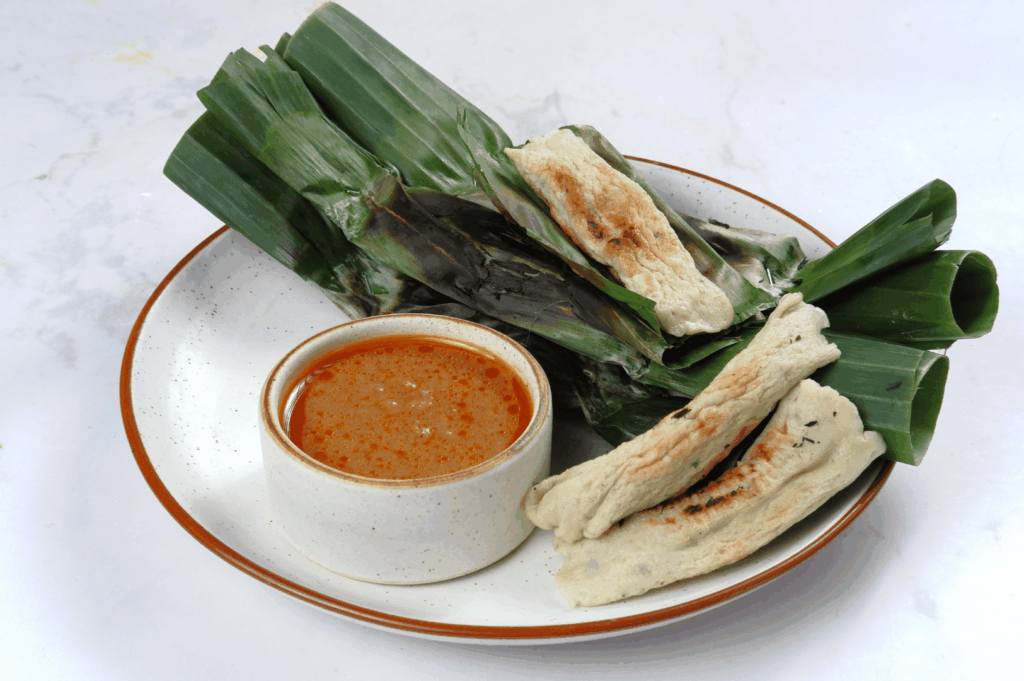
Creating authentic Peranakan food is an act of love and patience. Central to nyonya cooking is the preparation of rempah—a finely ground spice mix combining dried and fresh chilies, garlic, shallots, galangal, turmeric, and kaffir lime leaves. Traditionally, this is done with a granite mortar and pestle, believed to coax out deeper flavors than any food processor. Recipes for spicy stews, stir fried vegetables, and even desserts are rarely written down; instinct and family lore guide the hand.
Dishes like ayam buah keluak or beef rendang are famously laborious, with nuts or meat marinated overnight and slow cooked to develop complex layers. Celebrations often see families gather around the kitchen, pounding spices or rolling kueh together, nurturing both tradition and community ties. Even basic steps—like wrapping otak-otak in banana leaves or assembling perut ikan (pickled fish stomach salad)—showcase the artistry foundational to Peranakan heritage.
Where to Find the Best Peranakan Food in Singapore
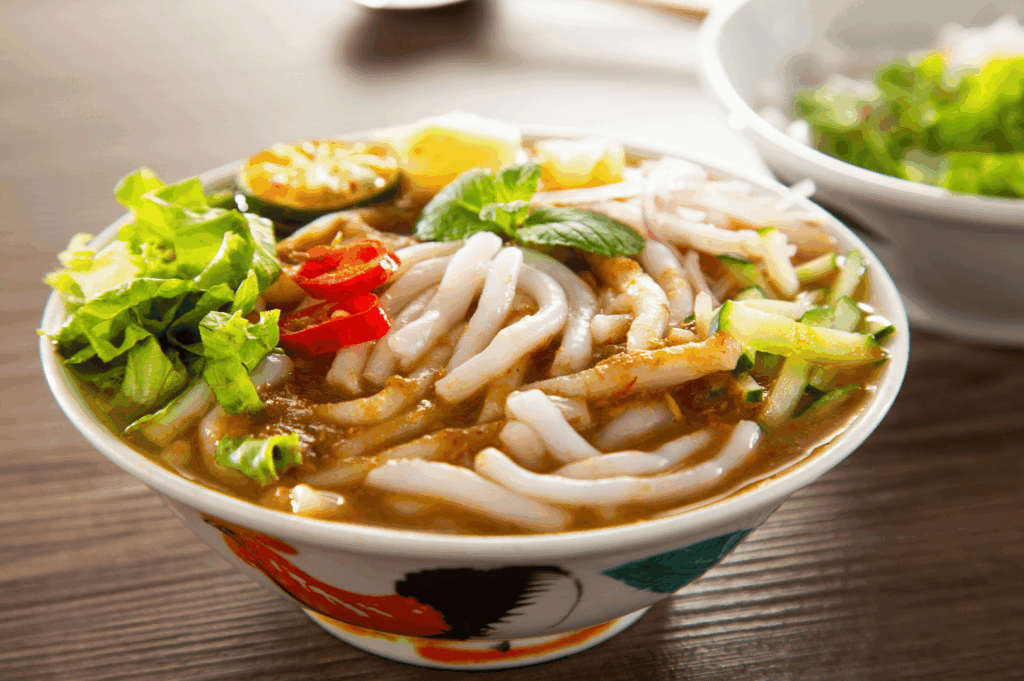
Singapore is home to a dazzling variety of both traditional and modern Peranakan restaurant experiences. Whether you crave crowd favourites or innovative fusion, the city has options to suit every taste and budget:
- Michelin Star Excellence: Candlenut (Dempsey Hill) stands out as the world’s first Michelin-starred Peranakan restaurant, where chef owner Malcolm Lee gives heritage classics a modern twist—think lemak nenas and chocolate buah keluak ice cream. The la carte menu highlights perfect balance between tradition and innovation.
- Heritage Staples: Violet Oon Singapore (various locations) and True Blue Cuisine (Armenian St) transport diners back in time with antique decor and iconic dishes like babi pongteh, ayam buah keluak, and beef rendang. For more affordable Peranakan food, check out Simply Peranakan Cuisine (Parkway Parade) and Guan Hoe Soon (Joo Chiat), or the charming Peranakan Inn.
- Modern Peranakan Restaurants: Blue Ginger marries classic recipes with contemporary presentation, while National Kitchen by Violet Oon infuses nyonya food with luxury hotel elegance.
- Local Gems & Family Eateries: In Peranakan enclaves such as Katong and Joo Chiat, you’ll find hidden treasures and family-run restaurants offering old-school dishes and new spins on classics—perfect for a special occasion or casual feast.
The Evolution of Peranakan Cuisine in Modern Singapore
Peranakan cuisine in Singapore is evolving with the times. While traditional recipes and family-run restaurants remain popular, a new wave of chefs is experimenting with fusion—think durian pengat pancakes or modern desserts based on kueh. Michelin-star establishments and innovative bistros draw from the Peranakan food palette to create contemporary nyonya dishes for an international audience, without losing sight of authenticity or the flavors that define Peranakan culture.
Efforts to document recipes, record culinary memories, and mentor young chefs have helped keep this edible heritage alive. This balance—between honoring tradition and inviting creativity—is what keeps Peranakan food beloved in Singapore and sought after far beyond its shores.
Conclusion: Preserving Peranakan Heritage Through Food
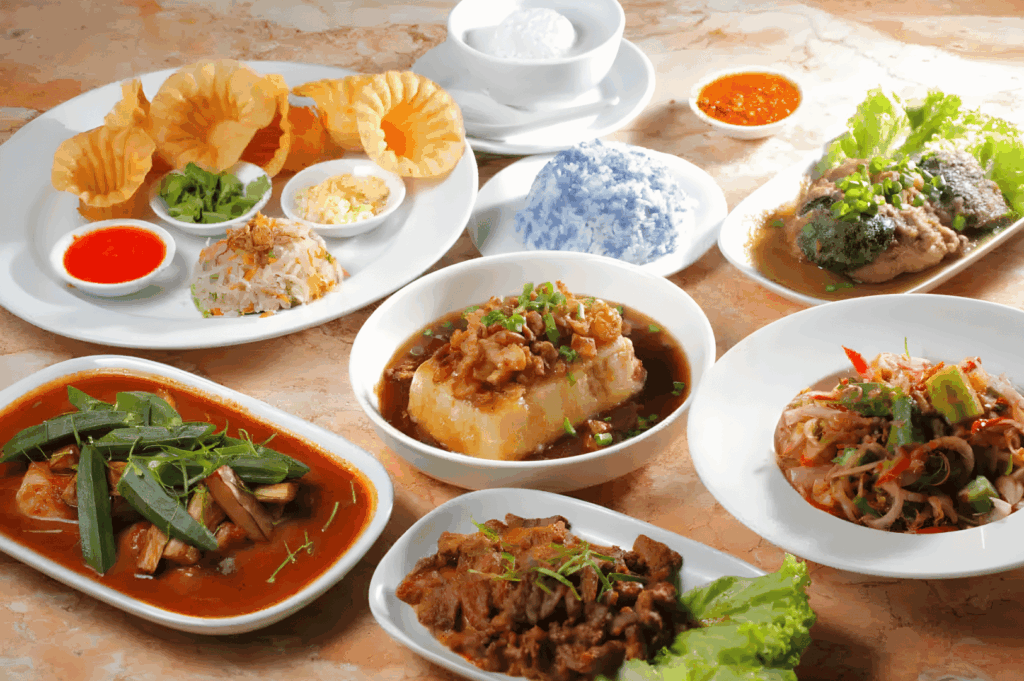
Peranakan cuisine is the story of a community: resourceful, adaptive, and devoted to the pleasures of the table. In every simmering pot of assam prawns, every bite of chap chye or babi pongteh, and every vibrant platter of nyonya kueh, you taste the soul of Singapore’s Peranakan heritage. These dishes serve not only as a bridge to the past but as an invitation to explore, share, and celebrate a culinary legacy with every meal. Whether you’re savoring authentic classics at a family-run Peranakan restaurant or indulging in inventive fare from a modern Peranakan restaurant, the flavors of Peranakan food promise to enchant, inspire, and connect generations.
Continue your culinary journey by exploring the diversity of regional Indian food in Singapore or discovering the wide range of regional Chinese cuisines beyond Cantonese.


